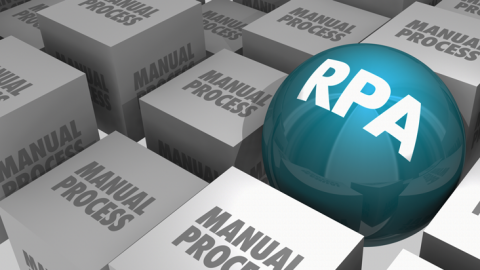
RPA – Process Automation Robot – is a tool that can help manufacturers free up the human resources used for repetitive tasks. RPA simulates human interaction with computers, such as automatically entering data into spreadsheets, updating CRM systems or posting on websites.
In a report on RPA, consulting firm Deloitte wrote that there are big gains to be made by companies that employ robotic process automation. For example, they listed the following ways RPA improves operations.
However, Deloitte also noted that the impact of RPA is not always measurable because metrics haven’t been created – something process improvement requires. Also, there are security issues with RPA that must be addressed.
Ways to Implement RPA
One of the areas that frequently comes up with RPA is the elimination of jobs. CIO points out that is an issue for companies, especially in the management of talent on staff who might fear they will lose their job if a company automates.
They caution that, in theory, automation could “threaten the livelihood” of about 9% of the global workforce, some 230 million knowledge workers. That’s a huge number. But they also note that most companies, aware of this potential, are training employees displaced from routine tasks for jobs that have a bigger impact on company strategy and goals.
Also, RPA implementations may fail because it is a far more complex task than companies may have foreseen. They also note that RPA should be considered from the standpoint of how it can improve customer experience, not how it can save money. The focus on customers is another major tenet of Lean.
Companies that manage expectations, consider customer experience, understand and plan for the impact on people and put proper controls in place do the best, CIO reported.
It’s clear that robotic process automation will impact businesses, customers and the workforce. Putting process improvement in place first can help the transition go much smoother.
Source: Sixsigmadaily